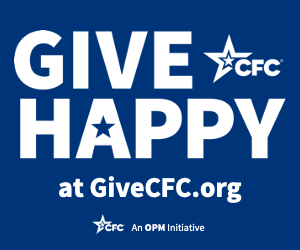When the Department of Defense announced the formation of a veteran suicide prevention committee, former Navy SEAL Frank Larkin knew exactly what they should study: mild traumatic brain injuries in military members.
“The fact is, we haven’t moved the chains down the field very far in 20 years when it comes to veteran suicide,” he said. “So many of these vets may be brain-injured or have brain-health challenges that are complicating their mental health status and behavior.”
Larkin, a former Secret Service deputy assistant director and U.S. Senate sergeant at arms, lost his son Ryan, also a SEAL, in 2017. Ryan, who died by suicide, completed four combat tours during his decade in the Navy, experiencing countless nearby explosions as he worked as a combat medic, sniper and explosives breacher.
Per Ryan’s request, the Larkins donated his brain for research purposes, where scientists discovered significant brain damage “uniquely related to blast explosion,” Larkin said. He learned that sort of injury can often present behaviorally as PTSD, depression and the like, leading to misdiagnoses and ineffective treatments.
Calling for change
Secretary of Defense Lloyd J. Austin III established the Suicide Prevention and Response Independent Review Committee (SPRIRC) in March. SPRIRC plans to use mental health experts, as well as those from chaplaincy and public health fields, to study best practices in preventing military suicide. As of 2019, the veteran suicide rate was 31.6 per 100,000, substantially higher than civilian rates, according to VA data.
The committee, according to its charter, “will review the suicide prevention and response programs and other factors that may contribute to the incidence or prevention of suicide” at selected military installations. Recommendations will then be made to align policies and programs with “the emerging needs of the total force.”
RELATED: Former mortarman uses social media to raise awareness about mental health
Members will visit nine CONUS and OCONUS bases from July through October, including Fort Campbell, Camp Lejeune and Eielson Air Force Base.
Larkin is the current COO of Warrior Call, a nonprofit dedicated to connecting isolated service members with other veterans and their surrounding communities. While he believes the DOD commission is a positive step, he worries it is incomplete.
“There is a growing body of evidence that many [military members] have undiagnosed brain injuries,” he said. “When someone is struggling, everything defaults to mental health diagnoses ― and then come the drugs.”
While Larkin said he believes prescription medications have their place in preventing suicide, he also knows from Warrior Call’s 1,000 annual clients that pills are often the first ― and even only ― resort. Some veterans he’s spoken with, he said, are on as many as 20 medications in their quest to “feel normal” again. Yet they often end up feeling anything but. What is necessary, Larkin said, is a holistic, unified approach to the problem.
VA suicide prevention
VA officials recently announced a $20 million challenge inviting Americans to find creative ways to prevent veteran suicide. Larkin and his Warrior Call team will give them one for free:
“The DOD commission must examine the prevalence of this significant issue and recommend better screening to identify personnel with [minor traumatic brain injury] and treat before they spiral into suicidal behavior,” the organization wrote in a recent press release.
“Our leaders are spending more time fighting with each other instead of getting the important work of the nation done,” Larkin said. “Preventing veteran suicide is one of the critical things they need to do, because these men and women volunteer to protect us and our freedom.”


















































